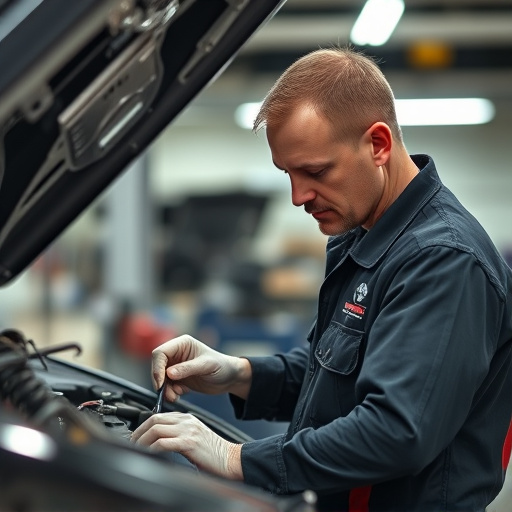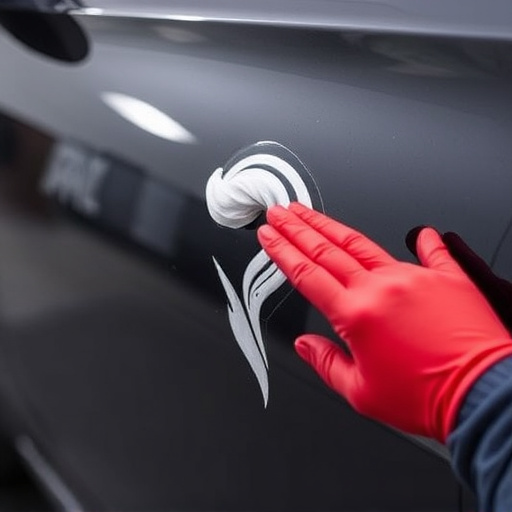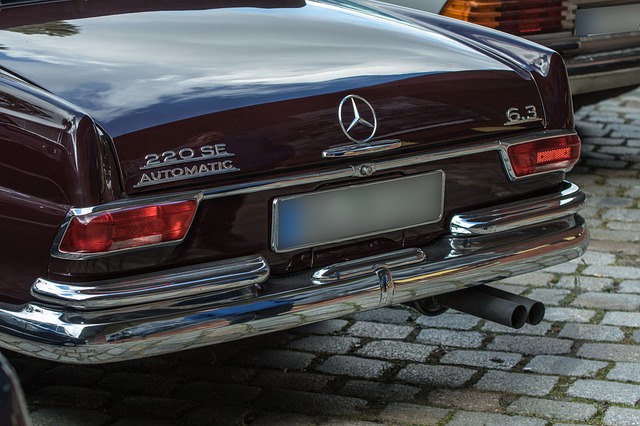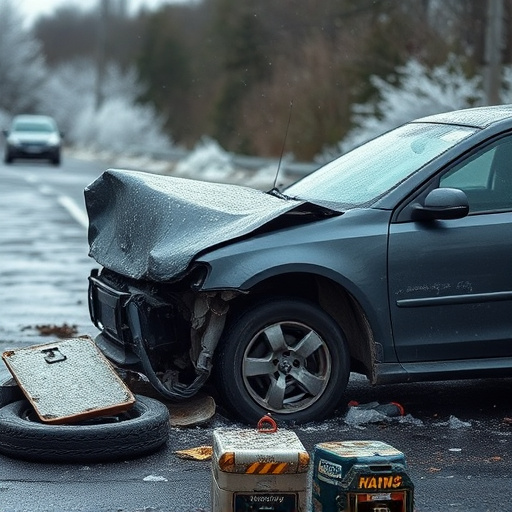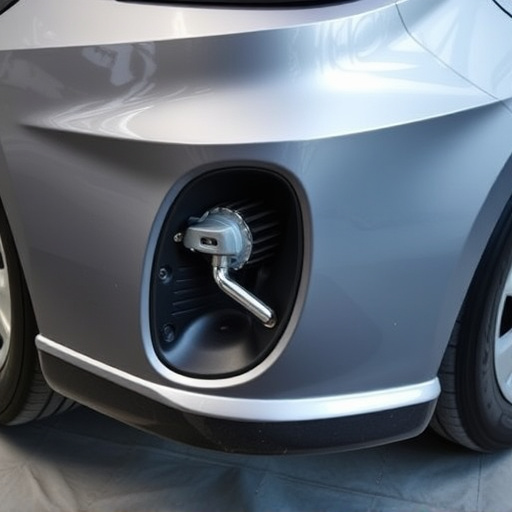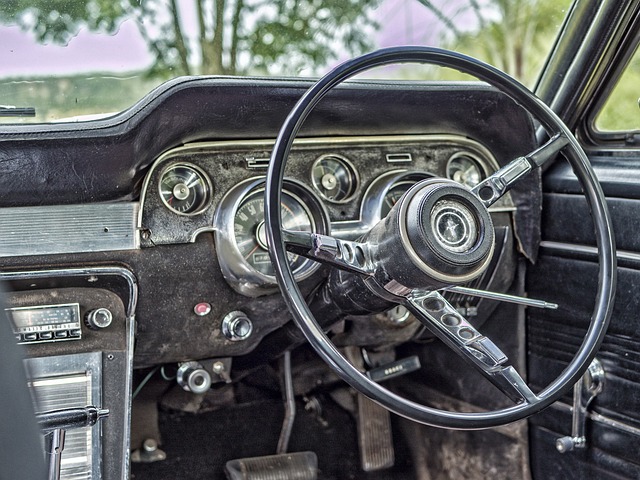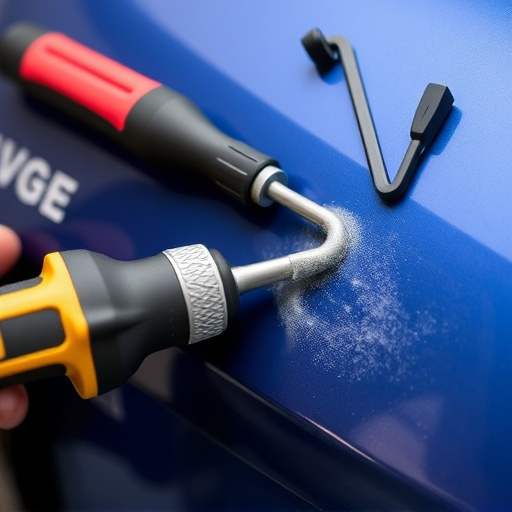The three-stage paint system is a revolutionary approach in automotive restoration, offering precision, durability, and customization. Consisting of primer, base coat, and clear coat layers, it provides superior protection against rust, chipping, and fading, while enabling skilled technicians to achieve custom colors or restore original finishes. This system is ideal for dent repair and post-collision restoration, enhancing the aesthetic appeal and value of vehicles. Successful implementation requires strategic preparation, specialized tools, regular maintenance, and staff training to ensure consistent, high-quality results.
The three-stage paint system is revolutionizing custom paint jobs, offering unparalleled precision and durability. This article delves into this multifaceted approach, providing a comprehensive overview of how it works and why it’s becoming a game-changer in the industry. We explore the benefits of adopting this multi-layered method for custom paints, from enhanced color accuracy to improved surface protection. Additionally, practical tips for implementing and maintaining this system ensure long-lasting results.
- Understanding the Three-Stage Paint System: A Comprehensive Overview
- Benefits of Adopting a Multi-Layered Approach for Custom Paint Jobs
- Implementing and Maintaining the System: Tips for Success
Understanding the Three-Stage Paint System: A Comprehensive Overview

The three-stage paint system is a revolutionary approach to custom paint jobs, offering unparalleled precision and durability in automotive restoration and bodywork services. This system comprises three distinct layers, each serving a specific function. First comes the primer, which acts as a base, ensuring the metal surface is properly prepared for painting. This crucial step forms the foundation, allowing the final colors to adhere seamlessly.
The second stage involves the application of the base coat, designed to match the desired color precisely. Here’s where artistry meets science; skilled technicians can blend and mix paints to achieve custom hues or restore original finishes with exceptional accuracy. Finally, a clear coat is added, providing a protective layer that enhances the paint’s longevity, making it resistant to fading, chipping, and scratches—an ideal solution for car dent repair or post-collision restoration, ensuring the vehicle regains its pre-accident condition and gloss.
Benefits of Adopting a Multi-Layered Approach for Custom Paint Jobs

Adopting a multi-layer approach for custom paint jobs offers numerous benefits, making it a preferred method in automotive body shops. Unlike traditional one-stage painting, a three-stage paint system ensures superior durability and a more aesthetically pleasing finish. By applying three distinct layers – primer, color, and clear coat – this system provides enhanced protection against rust and chipping, ensuring the longevity of the vehicle’s new look.
Moreover, this method allows for greater customization. Different layers can be tailored to specific needs, whether it’s a simple fender repair or a complete automotive body painting job. The multi-layered approach enables the creation of unique finishes, from eye-catching custom colors to textured effects, enhancing the overall experience in the auto body shop and delivering exceptional results that stand out on the road.
Implementing and Maintaining the System: Tips for Success

Implementing a three-stage paint system requires careful planning and consistent execution to achieve optimal results for custom paint jobs. The first step is to ensure your workshop or facility is equipped with the necessary tools and materials, including specialized equipment for each stage of the process. This involves investing in high-quality spray guns, proper ventilation systems, and a range of pigments and bases tailored to various vehicle makes and models.
Regular maintenance plays a crucial role in keeping the system efficient. Schedule routine checks on machinery to prevent malfunction or wear and tear. Stay updated with manufacturer recommendations for cleaning and calibrating equipment, especially after handling different types of paint or repairs like auto dent repair or vehicle paint repair. Proper training for staff is also vital; ensure they understand the importance of each stage and can perform them accurately to maintain consistency in every custom paint job, enhancing overall auto maintenance standards.
The three-stage paint system offers an unparalleled level of customization and quality for automotive painting. By employing this multi-layered approach, professionals can achieve vibrant, durable finishes tailored to individual preferences. Understanding each stage and following best practices for implementation and maintenance ensures exceptional results. This system truly revolutionizes custom paint jobs, providing a seamless, high-end finish that stands the test of time.
